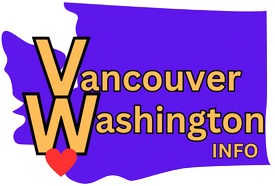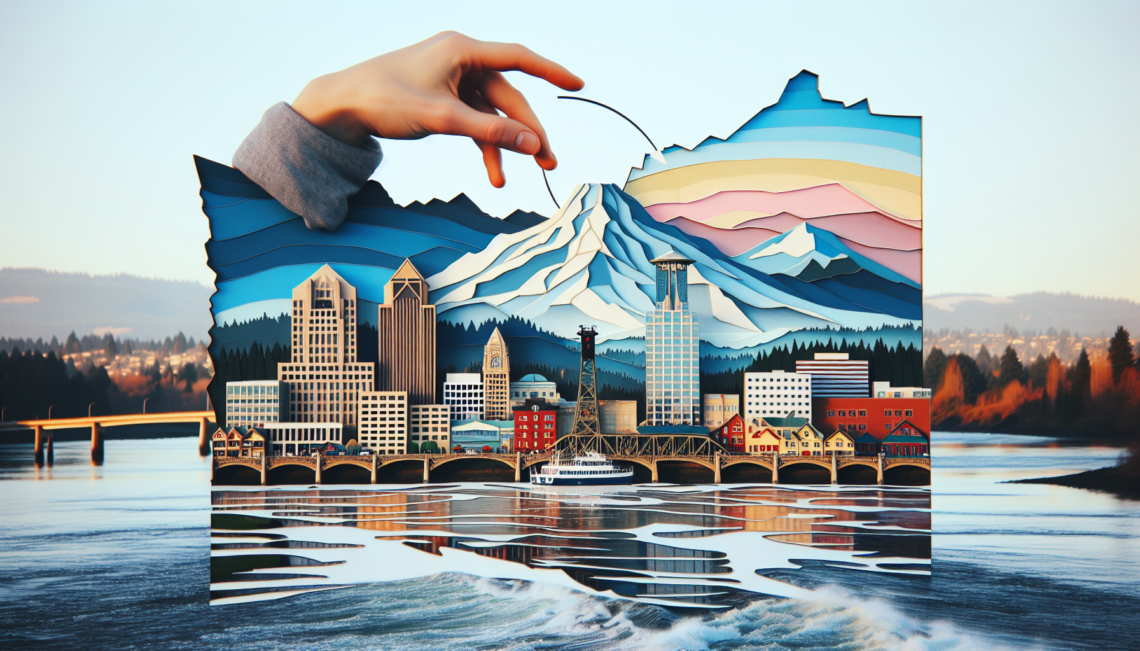
Distance between Vancouver Washington and Portland Oregon
If you find yourself wondering about the distance between Vancouver, Washington and Portland, Oregon, you’re in the right place. Whether you’re planning a quick day trip or mapping out your daily commute, knowing how far these two cities are from each other is helpful. So, let’s get right into it, shall we?
Table of Contents
ToggleOverview
Geographical Location
Vancouver, Washington, and Portland, Oregon are both located in the Pacific Northwest region of the United States. Vancouver lies to the north of Portland, and both cities are situated along the Columbia River.
Cities and States
Vancouver is a city in Washington, while Portland is the largest city in Oregon. These two cities are part of the Portland-Vancouver metropolitan area, which spans both states.
Importance of Distance
The distance between Vancouver, Washington, and Portland, Oregon is an important factor for residents, commuters, and travelers between the two cities. Understanding the various transportation options and the time it takes to travel between these cities is crucial for planning trips, commuting, and optimizing travel efficiency.
Popular Transportation Options
There are several popular transportation options available for traveling between Vancouver and Portland. These options cater to different preferences, budgets, and schedules. The most common transportation modes include driving, taking public transport, and flying.
Driving Distance
Direct Route
The most direct route by road between Vancouver, Washington, and Portland, Oregon is via Interstate 5. This major freeway connects the two cities and provides a relatively straightforward and efficient commute.
Total Distance
The driving distance between Vancouver and Portland is approximately 11 miles. This distance may vary slightly depending on the specific starting and ending locations within each city.
Route Options
While Interstate 5 is the primary route, there are alternative routes available for those looking to avoid heavy traffic or explore different areas. Interstate 205 and State Route 14 are among the alternate routes that can be considered.
Toll Roads
There are no toll roads between Vancouver and Portland, making the journey more cost-effective for drivers.
Estimated Time
The estimated driving time between Vancouver, Washington, and Portland, Oregon is around 20 minutes under normal traffic conditions. However, this time may vary depending on factors such as traffic congestion and time of day.
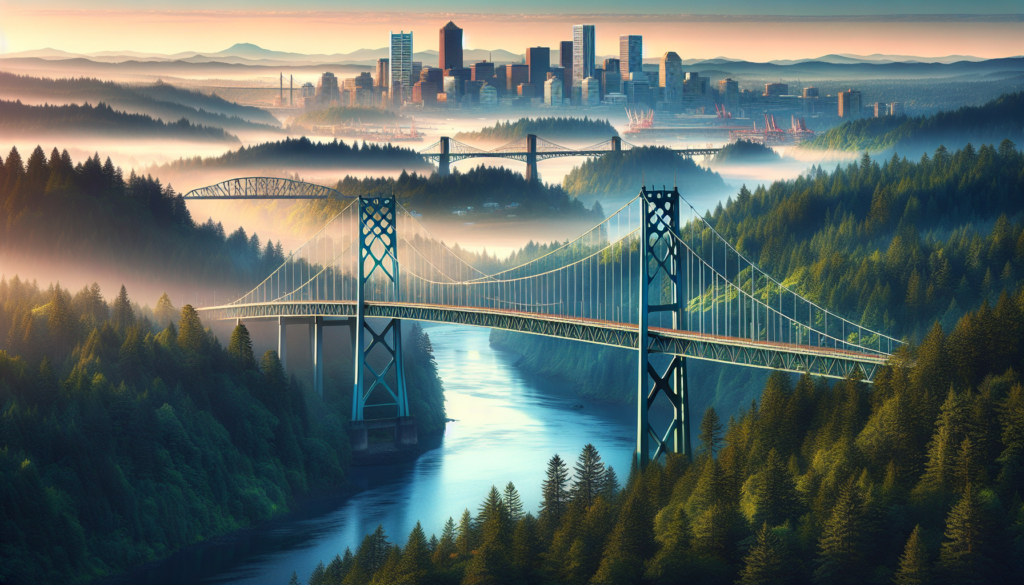
Air Distance
Direct Flight
For those seeking a quicker option or traveling from afar, flights are available between Vancouver and Portland. These flights provide the most direct route, bypassing the road congestion and offering a faster travel time.
Flight Duration
The flight duration between Vancouver and Portland is typically short, ranging from 30 minutes to an hour, including boarding and landing times.
Airports
Both cities are served by major airports. In Vancouver, Washington, the closest airport is the Portland International Airport (PDX), conveniently located near the Oregon-Washington border. In Portland, Oregon, there is also the Portland-Hillsboro Airport (HIO) and Portland-Troutdale Airport (TTD) for smaller aircraft.
Airlines
Multiple airlines operate flights between Vancouver and Portland, providing passengers with options based on price, schedule, and convenience. Some notable airlines serving these routes include Alaska Airlines, Delta Air Lines, and United Airlines.
Flight Costs
Flight costs can vary depending on various factors such as the time of booking, season, and availability. It is recommended to compare prices and book in advance to secure the best deals.
Public Transport
Bus Services
Both Vancouver and Portland offer bus services that connect the cities. C-Tran, the public transportation agency in Vancouver, provides various bus routes that can take you directly to different parts of Portland. Similarly, the TriMet bus system in Portland offers routes that reach into Vancouver.
Train Services
Train services are also available for traveling between Vancouver and Portland. Amtrak’s Cascades train operates in this region and provides a comfortable and scenic journey. The Vancouver Amtrak station and the Union Station in Portland serve as the primary train terminals.
Light Rail Services
Portland is renowned for its comprehensive light rail system, known as MAX (Metropolitan Area Express). The MAX light rail connects various neighborhoods within Portland and extends to Gresham and Hillsboro. Although there is no light rail system in Vancouver, it is possible to take the C-Tran bus to access the MAX light rail system in Portland.
Fares and Schedule
Public transport fares and schedules can be obtained from the respective transportation agencies. It is advisable to check the latest information as fares and schedules may be subject to change.
Accessibility
Public transport options between Vancouver and Portland provide accessibility features to accommodate individuals with disabilities. Buses and trains are equipped with ramps and designated seating areas, ensuring a comfortable and inclusive travel experience.

Travel Time
Factors Influencing Travel Time
Various factors can influence the overall travel time between Vancouver and Portland. By considering these factors, you can plan your trip more effectively and estimate travel times accurately.
Time of Day
The time of day plays a crucial role in travel time. Rush hour traffic can significantly increase commute times, particularly during peak morning and evening hours. It is recommended to plan your journey outside of these peak traffic times to avoid congestion and reduce travel time.
Weekday vs. Weekend
Weekend travel generally experiences lighter traffic compared to weekdays. Choosing to travel on weekends can help avoid weekday rush hour congestion, resulting in a quicker commute.
Holiday Season
During holiday seasons, such as Thanksgiving or Christmas, traffic tends to be heavier due to increased travel volume. Travelers should plan accordingly and consider the impact of holiday traffic on travel time.
Peak Traffic Hours
Understanding peak traffic hours can contribute to more efficient trip planning. In general, the morning and evening rush hours during weekdays experience the highest levels of congestion. Taking this into account can help optimize travel time and reduce potential delays.
Weather Conditions
Inclement weather conditions, such as heavy rain or snowfall, can affect travel time. Adverse weather can slow down traffic, increase the risk of accidents, and cause road closures. Staying updated with weather forecasts and adjusting travel plans accordingly is recommended.
Roads and Highways
Interstate 5
Interstate 5 (I-5) is the main highway linking Vancouver, Washington, and Portland, Oregon. This north-south interstate runs from the Canadian border down to the Mexican border, passing through major cities along the West Coast.
Interstate 205
Interstate 205 (I-205) offers an alternative route for those traveling between Vancouver and Portland. This interstate bypasses the downtown areas and can be used to avoid potential traffic congestion on I-5.
State Route 14
State Route 14 (SR-14) is a scenic highway that runs along the northern bank of the Columbia River, connecting Vancouver to other parts of Washington state. Although it doesn’t directly lead to Portland, SR-14 can be a picturesque route for those seeking a scenic drive.
Highway 99
Highway 99 is a state highway that connects Vancouver and Portland, running parallel to I-5. While it may not be as efficient as the interstate, it provides an alternative route for those wanting to explore different parts of the region.
Highway 26
Highway 26 is a major east-west route that connects the coast of Oregon to Portland. This highway can be used as an alternative scenic route when traveling between Portland and Vancouver.
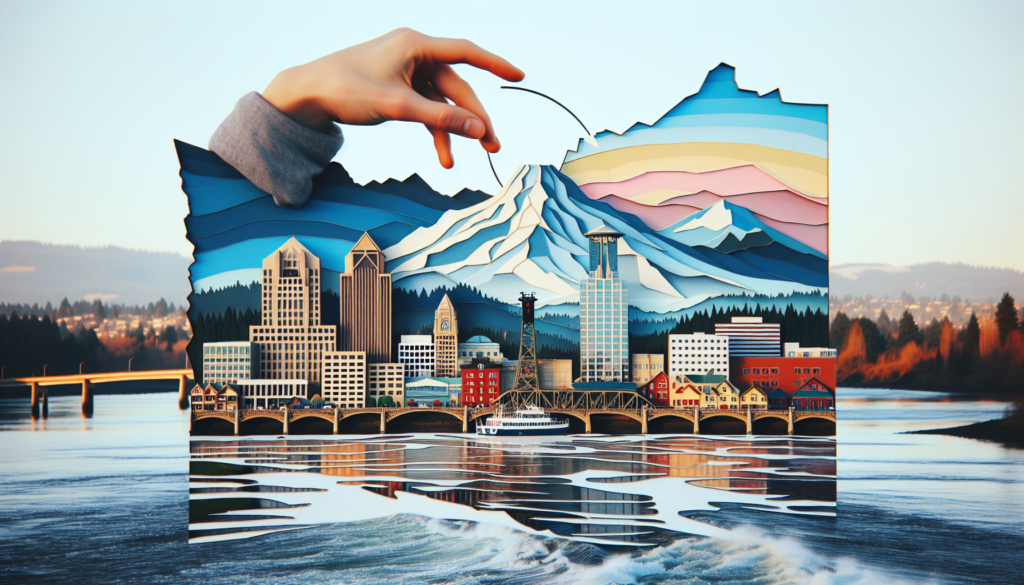
Traffic Conditions
Congestion
Both Vancouver and Portland experience traffic congestion, particularly during rush hours and peak travel times. The heavy commuting flow between these cities can result in delays, longer travel times, and frustration. Keeping up with traffic updates, utilizing alternate routes, or adjusting departure times can help alleviate these congestion-related issues.
Rush Hour
Rush hours in Vancouver and Portland typically occur between 7:00 AM-9:00 AM and 4:00 PM-6:00 PM on weekdays. Commuters should expect increased traffic volumes during these periods, which can affect travel times.
Accidents
Accidents on the road can cause unexpected delays and traffic backups. It is important to drive safely and be aware of changing road conditions. Keeping an eye on traffic updates or using navigation apps can help you avoid accident-prone areas and minimize travel disruptions.
Construction
Road construction and maintenance projects are common occurrences. Construction zones may lead to lane closures, reduced speed limits, and altered traffic patterns. Staying informed about ongoing construction projects and adjusting travel plans accordingly can help avoid unnecessary delays.
Traffic Updates
Receiving real-time traffic updates from sources such as traffic apps, local radio stations, or online platforms can provide valuable information about current road conditions and potential traffic incidents. Staying informed allows you to make informed decisions and choose the best routes to minimize travel time.
Scenic Routes
Historic Columbia River Highway
The Historic Columbia River Highway is a scenic route that meanders along the Columbia River Gorge, providing breathtaking views of waterfalls, lush forests, and stunning landscapes. This historic highway offers a picturesque drive for those seeking a more leisurely and scenic route between Vancouver and Portland.
Mount Hood Scenic Byway
The Mount Hood Scenic Byway is a loop route that takes travelers through the stunning beauty of Mount Hood and its surrounding areas. This scenic drive offers panoramic views of snow-capped mountains, alpine meadows, and pristine rivers. The Mount Hood Scenic Byway is an excellent option for those looking to explore the natural wonders of the region while traveling between Vancouver and Portland.
Washington State Scenic Byway
The Washington State Scenic Byway, also known as the Lewis and Clark Highway, is a designated route that showcases the natural splendor of Washington state. This scenic drive features scenic overlooks, historic sites, and charming small towns. Traveling along this byway allows you to experience the diverse landscapes of the Pacific Northwest while en route to Portland from Vancouver.
Deschutes River Trail
Although not a driving route, the Deschutes River Trail is a popular scenic hiking trail located near the eastern outskirts of Portland. This trail offers stunning views of the Deschutes River and allows hikers to immerse themselves in nature. If you have the time and enjoy outdoor activities, taking a detour to hike this trail can be a rewarding experience.

Factors Affecting Travel Time
Time of Day
As previously mentioned, the time of day heavily influences travel time due to rush hour traffic. Planning your journey during off-peak hours can significantly reduce travel time.
Traffic Conditions
The overall traffic conditions on the specific route you choose can affect travel time. It is a good practice to check real-time traffic updates and choose the route with the least congestion to minimize delays.
Weather
Adverse weather conditions, such as heavy rain, snowstorms, or fog, can impact travel time. Poor visibility and slippery road surfaces may necessitate driving at slower speeds or even lead to road closures for safety reasons.
Road Work
Construction and road work can result in lane closures, detours, and speed reductions. Staying aware of ongoing roadwork projects and adjusting travel plans accordingly can help avoid unnecessary delays.
In conclusion, the distance between Vancouver, Washington, and Portland, Oregon may be short, but understanding the various transportation options, travel times, and factors that influence commute duration is vital for optimizing your journey. Whether you choose to drive, take public transport, or fly, being well-informed about the routes, traffic conditions, and alternative options ensures a smoother and more enjoyable travel experience.
You May Also Like

Exploring the Paranormal Side of Vancouver Washington
2 September 2023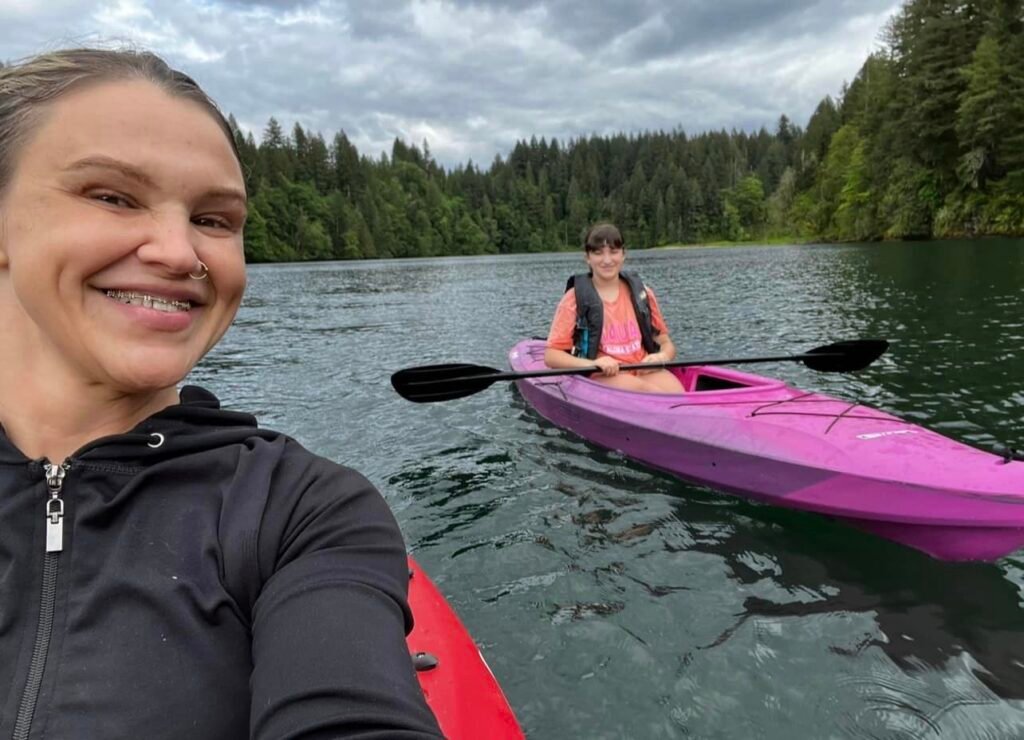
How Can I Rent A Kayak Or Paddleboard In Vancouver Washington
6 August 2023
